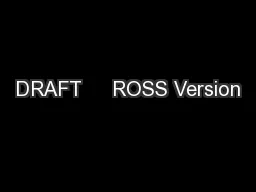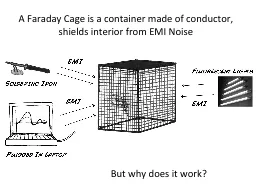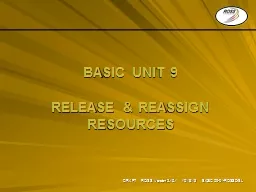PPT-Ross Shaft Cage Joshua Willhite & Emily Collett
Author : verticalbikers | Published Date : 2020-06-30
December 2016 Background of Events CF team has been working to add dual dimensions and update the SURF Facility Access Specifications Technical Memorandum found
Presentation Embed Code
Download Presentation
Download Presentation The PPT/PDF document "Ross Shaft Cage Joshua Willhite & E..." is the property of its rightful owner. Permission is granted to download and print the materials on this website for personal, non-commercial use only, and to display it on your personal computer provided you do not modify the materials and that you retain all copyright notices contained in the materials. By downloading content from our website, you accept the terms of this agreement.
Ross Shaft Cage Joshua Willhite & Emily Collett: Transcript
Download Rules Of Document
"Ross Shaft Cage Joshua Willhite & Emily Collett"The content belongs to its owner. You may download and print it for personal use, without modification, and keep all copyright notices. By downloading, you agree to these terms.
Related Documents














